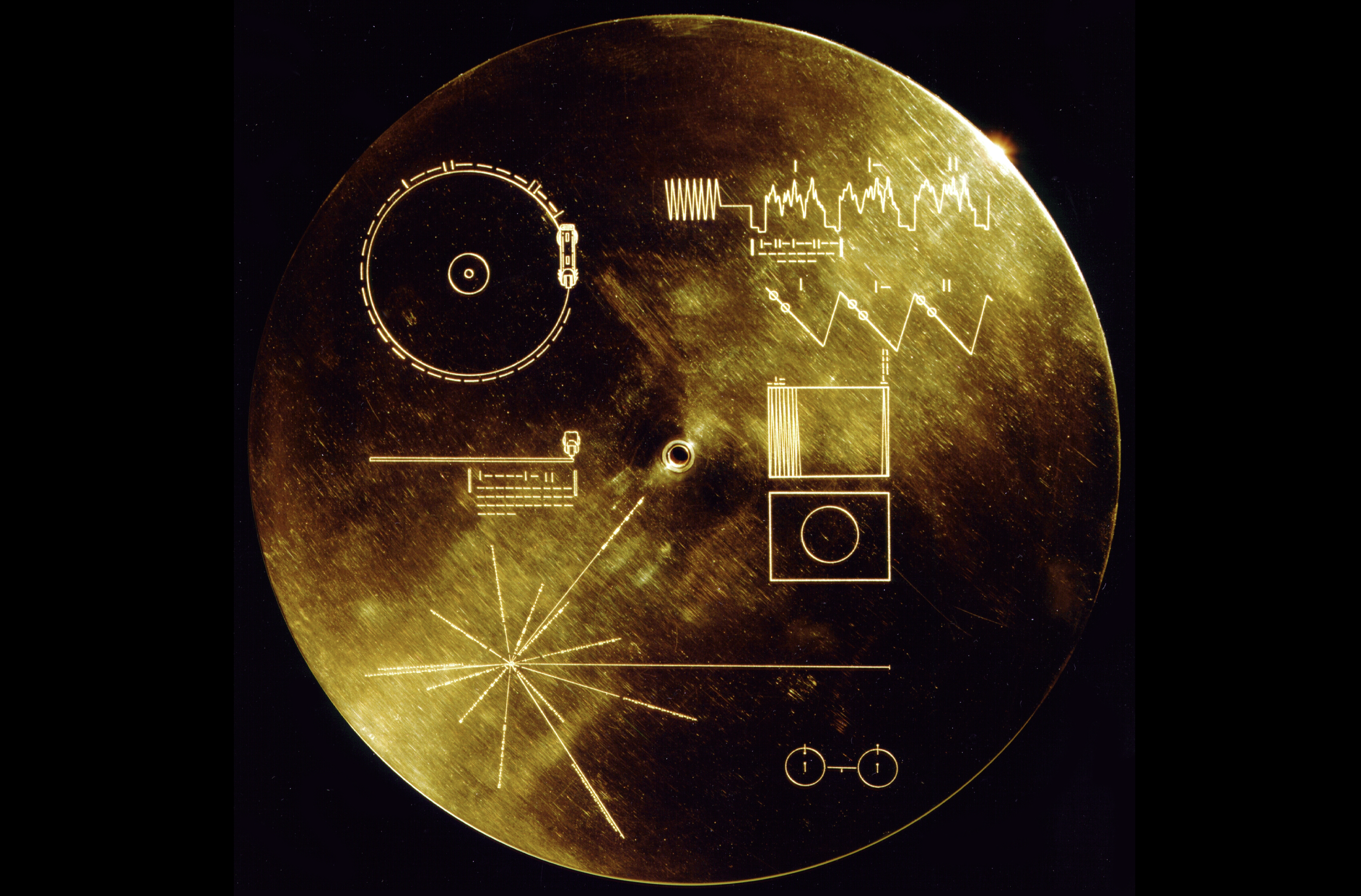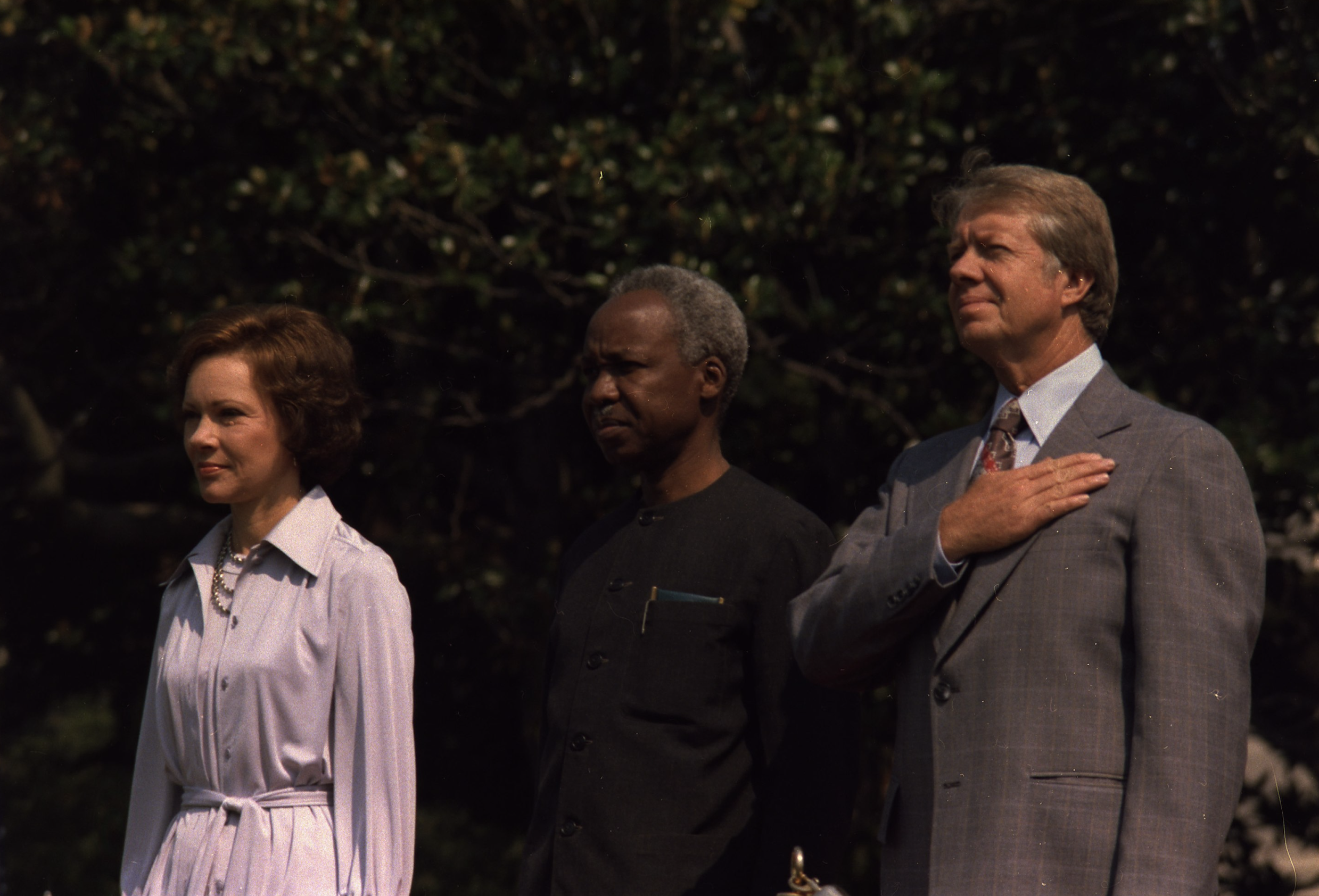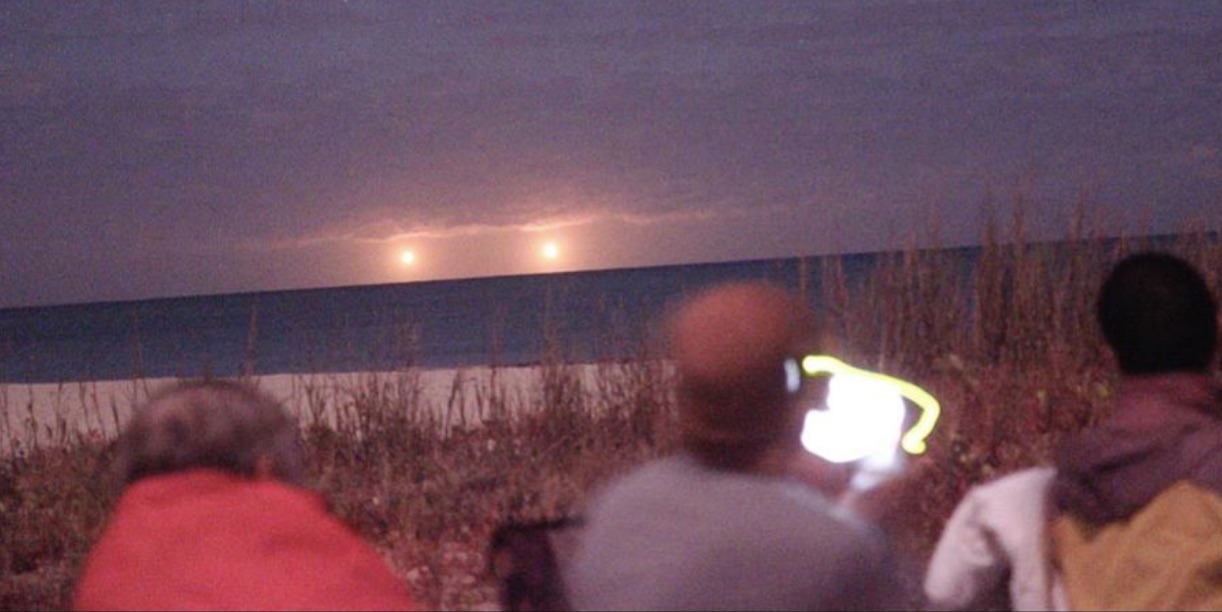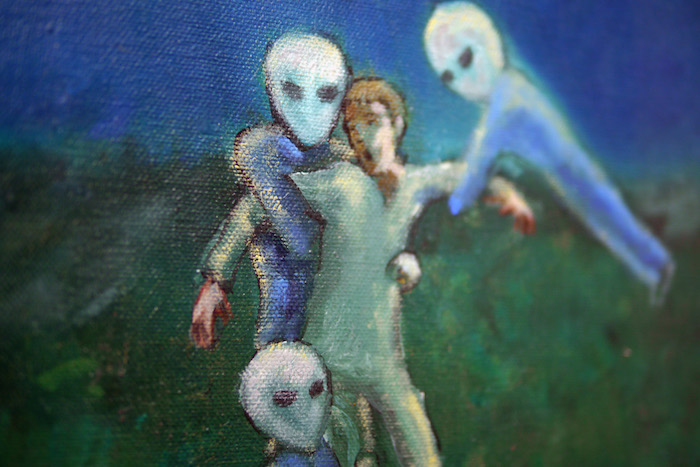ALIENS UNCOVERED: THE GOLDEN RECORD
 Monday, July 3, 2023 at 11:37AM
Monday, July 3, 2023 at 11:37AM
Writer/Director: Clive Christopher
Rating: ★ ★

The latest polished piece of wildly speculative UFO gibber from showman theorist Clive Christopher is more of the same from the media mini-mogul, who's The All Tales Channel and previous ‘Aliens Uncovered’ pics hue to the style guide he employs here. There is no denying his earnest approach to the eternally-popular E.T. mystery is eminently watchable, but the Arizona-based filmmaker takes some big swings here that don’t often connect.
A not-entirely cohesive potpourri of pseudo-scientific conjecture, public domain sound-bites, eyewitness accounts and staged dramatics, Christopher takes the 1977 launch of deep-space probe Voyager that contained ‘The Golden Record’, a collection of planet-defining facts that were known as The Sounds of Earth. If you’ve seen John Carpenter’s Starman (if you’ve read this far, I’m assuming you have), you’ll recall Jeff Bridges reciting The Rolling Stones’ lyric, “I can't get no. Satisfaction”, a pop-culture snippet he learned from Voyager’s shiny disc.
In his opening salvo of fast, fun factoids, the director conjures a conspiratorial web that ties together ex-presidents Jimmy Carter and George Bush, iconic astronomer Carl Sagan and the CIA, among other disparate elements, none of which sticks the landing. Dropping in dog-whistle doozies like ‘deep web’ as if the very mention makes them real is counterproductive to inspiring belief amongst all but the most feverish UAP gawkers.

The mid-section mostly resembles one of those paranormal podcasts whose listeners (i.e., me) will gravitate towards films like The Golden Record, but with pictures. Christopher recounts oft-told stories using already-well circulated recordings, like the weather watcher who tracked lights over Lake Michigan in the mid-90s and the connection between UFOs, comets and the horrible history of the Heaven’s Gate cult. It all amounts to old news being repackaged for a new audience, which is fine, but…you know, old.
The Golden Record then begins to touch on The Phoenix Lights, one of ufology’s most famous sighting incidents, but pulls up short so as not to pop the weather balloon that will be Clive Christopher’s next film. Maybe that film will bring full-circle the tidal wave of “What-if”-isms that the director originally posed here, because nothing about how The Golden Record ends references how The Golden Record begins.
ALIENS UNCOVERED: THE GOLDEN RECORD is on selected US V.O.D. channels from July 4.
 Documentary,
Documentary,  UFO
UFO 







